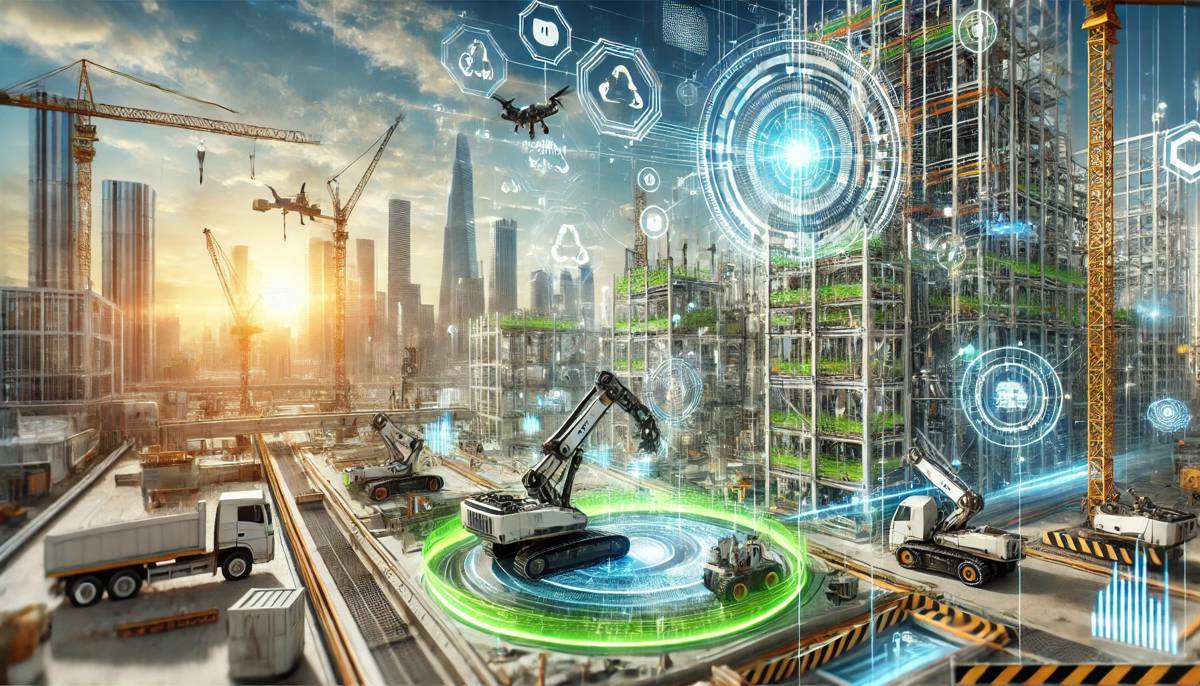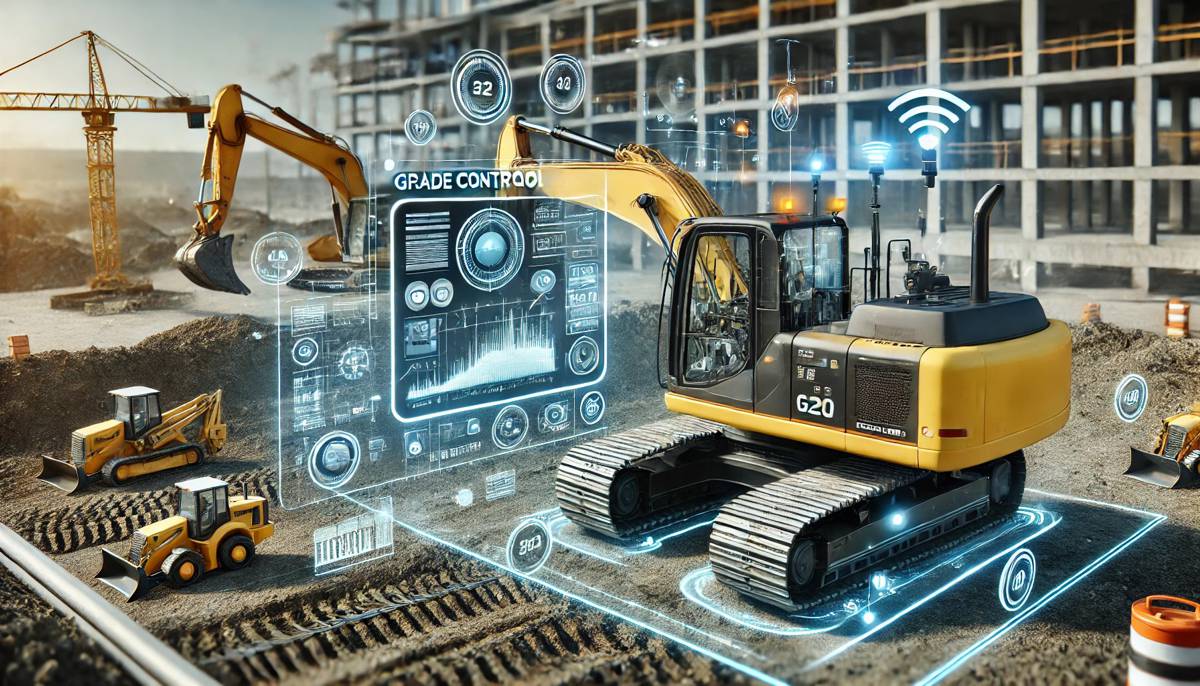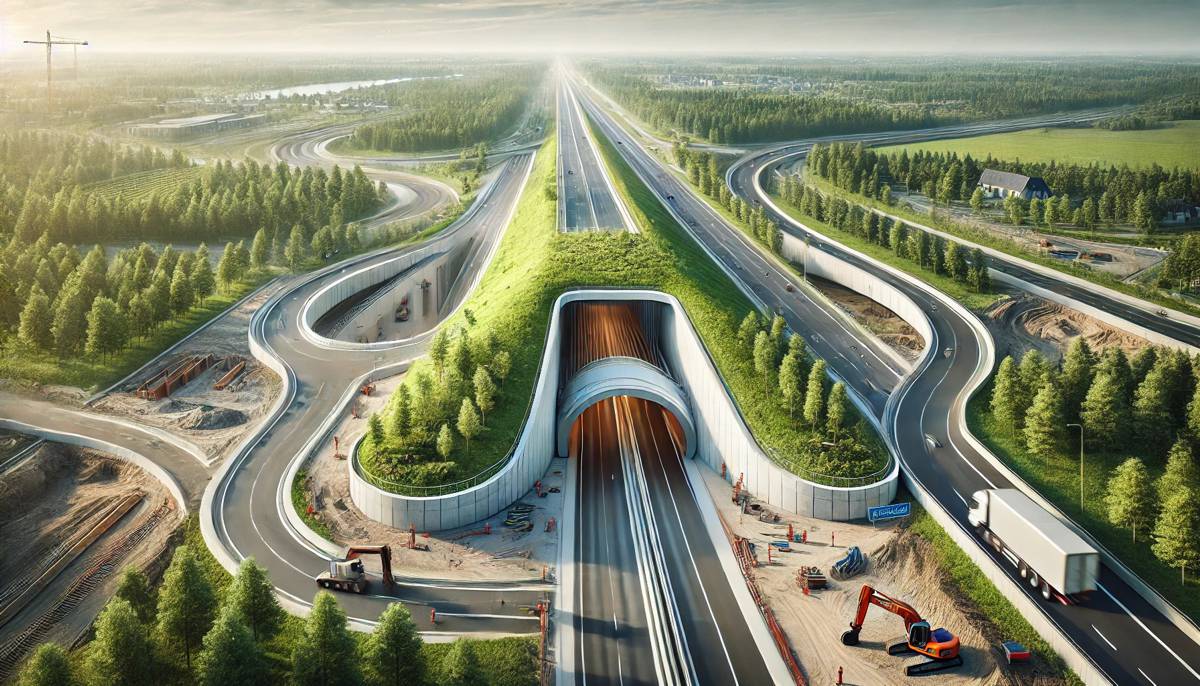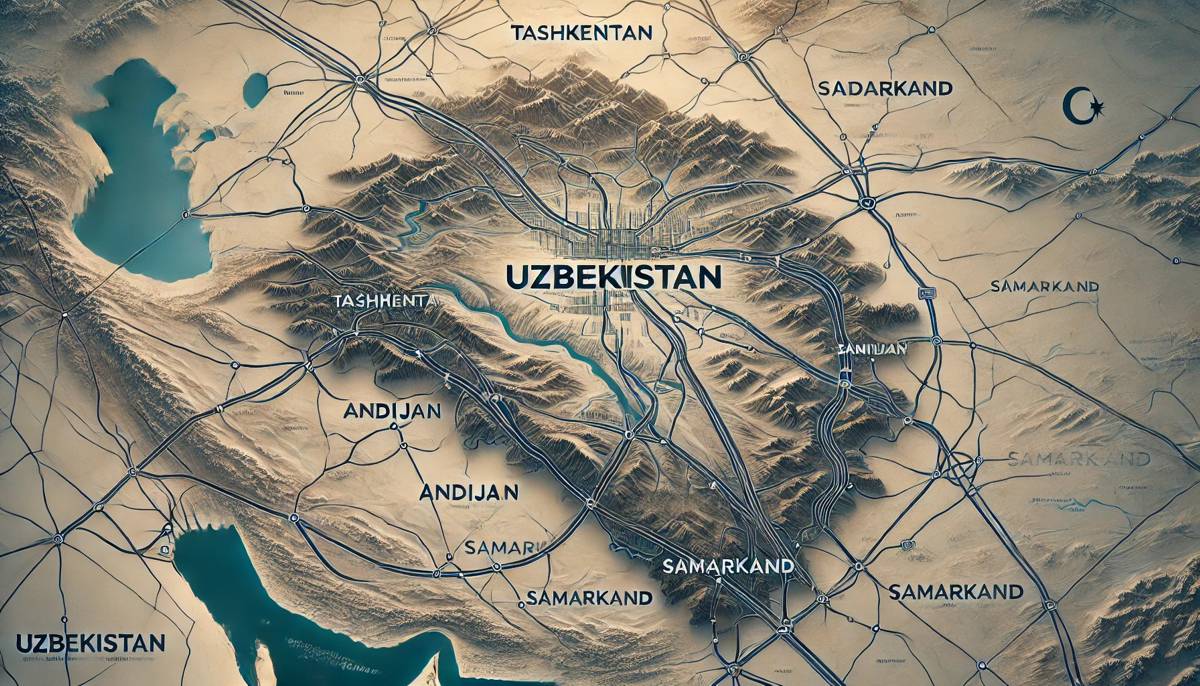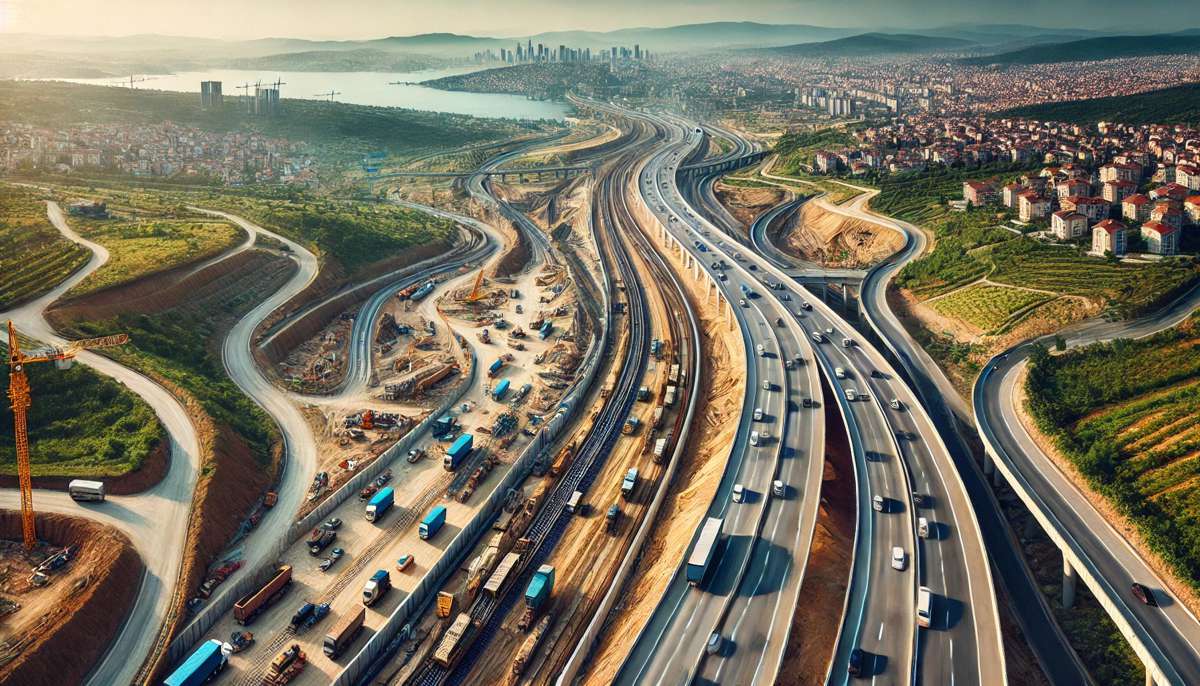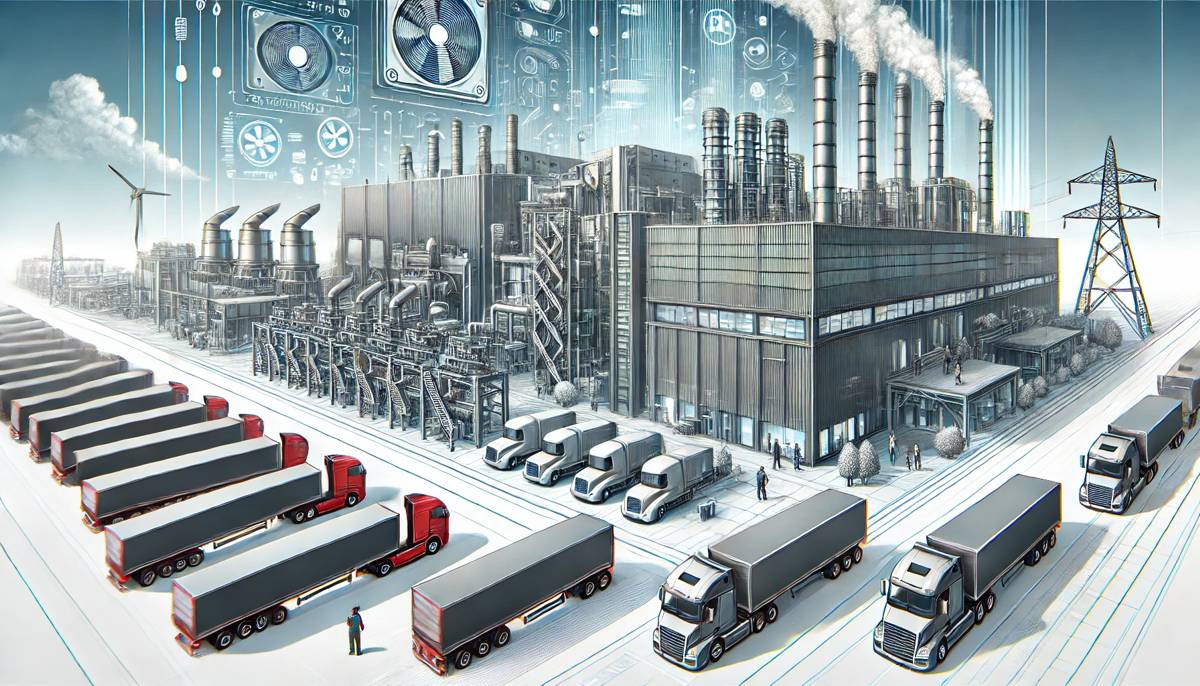Automated Road Data Capture could change Road Maintenance
Making safe and sturdy roadways is one of the most expensive yet important investments transportation departments can make. These costly improvements could be less pricey when incorporating automation.
Gathering data about roadside assets and predicting repairs requires time. However, if technology can create more accurate representations and simulations of roadways at a fraction of the cost, companies could save resources and permanently improve the sector.
The Need for Automation Advancement
Too many programs collect data about roadways. Some inform engineers how many potholes there are. Some let planners know how much a highway has degraded because of its composition. Damaged road signs, fallen or overgrown trees or fading road lines are also valuable for staying informed.
Though all of this information is helpful, it’s spread over different resources when it could be consolidated. Start-ups creating digital twins could collect all information automatically and centralize it, making assessments more efficient. More importantly, it can expand its host of features into more accurate predictions of road damage over time.
Because technology isn’t automated or advanced enough in the sector, it leads to project backups and frustrated drivers who take daily commutes through the same construction sites for months. Automated road data capturing could eliminate these frustrations for drivers and transportation engineers. A constant data feed could show them what the most critical priority is.
Workers can ask if a defect is worth investing time and money into depending on how much it affects varying factors like traffic or the environment — also known as a road condition index. The programs could determine estimated costs and timelines for repairs without guesswork — all because the data can feed into an accurate representation of the roadway and simulate the work before it’s performed.
The Challenges in the Industry
The biggest challenge in creating automation programs is funding. Many factors from all sides are negatively influencing financing for the transportation sector, including inflation and an incomplete backlog of projects.
Getting this funding is even more complex because the data cannot be fully automated — humans still have to contribute. A caveat like this makes investors question why they should promote the initiative.
Overcoming this mentality is vital because automation could collect the most significant portion of the data, but humans will still need to provide oversight. Changing factors like accidents and weather influence traffic patterns are anomalies in data when formulating predictions — all of this while considering other sweeping, experimental initiatives that could disrupt traffic patterns like solar roadways.
To ensure events like this don’t impact the data, human intervention must supplement it for optimal accuracy and performance. The two combined can form highly accurate and cost-saving digital twins of roadways.
The AI Influence
Imagine repairs predicted years in advance or inspections performed with cameras, sensors and a database of road asset information. Artificial intelligence (AI) combined with machine learning work together to inform transportation workers of the best ways to construct better roads — without being on the road itself.
Eventually, Internet of Things technology and AI could execute road maintenance tasks like mowing invasive plant species or performing bridge maintenance. AI could also meld with other rising transportation technologies for an even more comprehensive dataset. Dashcam or telematics companies could collaborate, adding their analytics for more intuitive, complete data about roadways.
Modernizing Transportation Management
The sector needs to implement more technology to move into its next development phase. Capturing data automatically could save time and resources, financially and environmentally. Workers can devote more time to planning and implementing repairs or improvements on the steps that most greatly lead to progress.
Maintenance and operations will benefit internally from the added technology and analytics it provides and drivers will see the changes when the roads are the best they have ever been.





